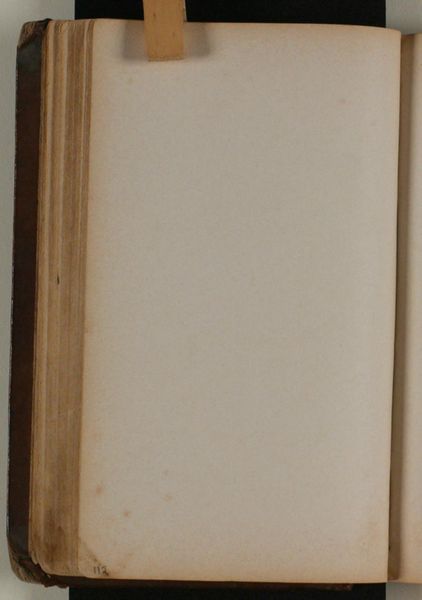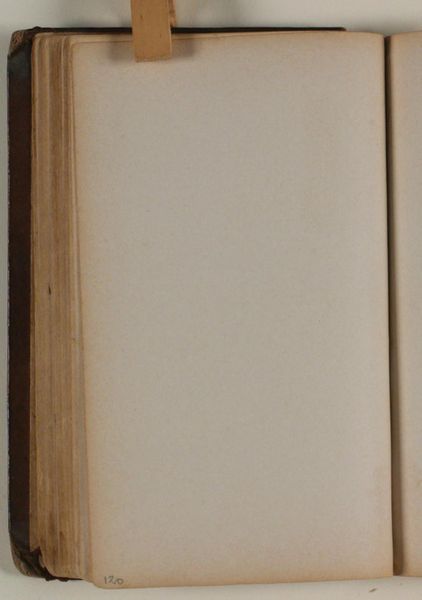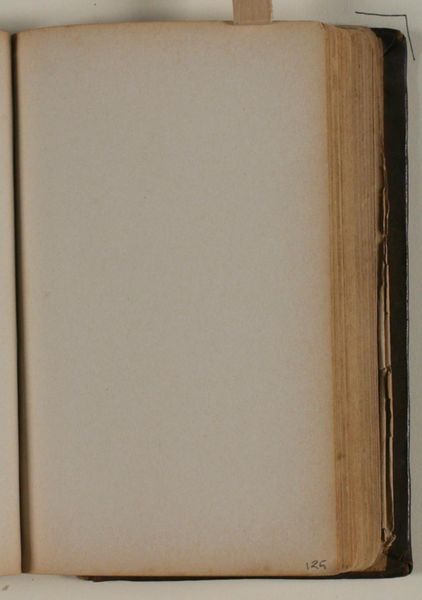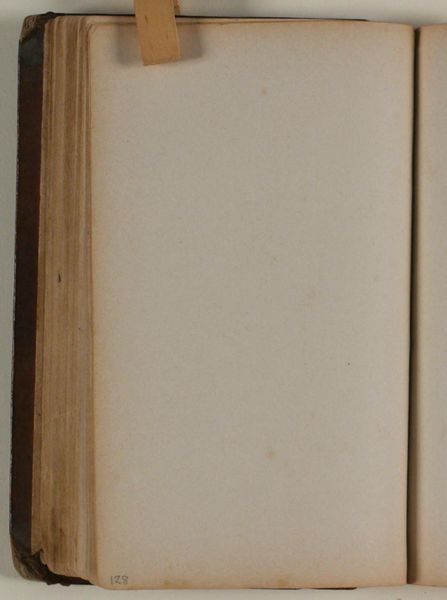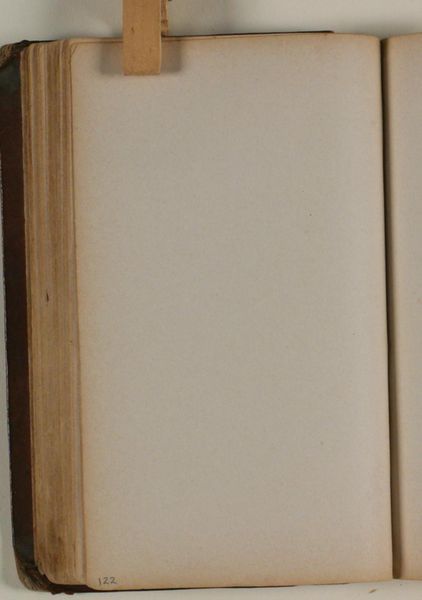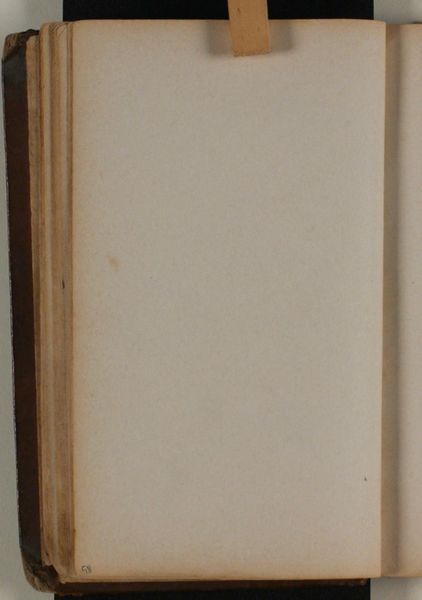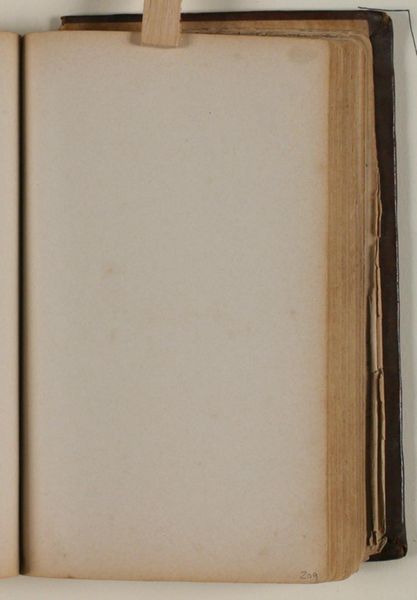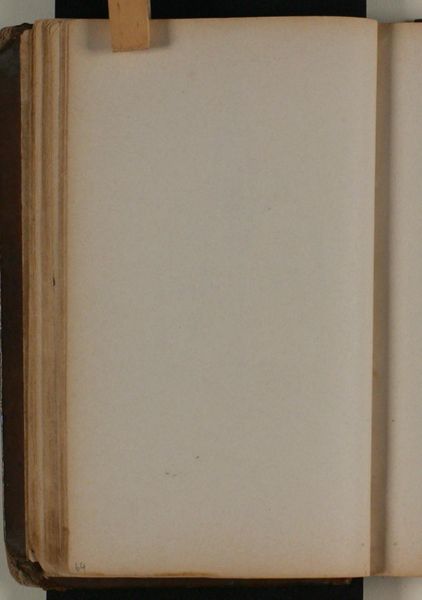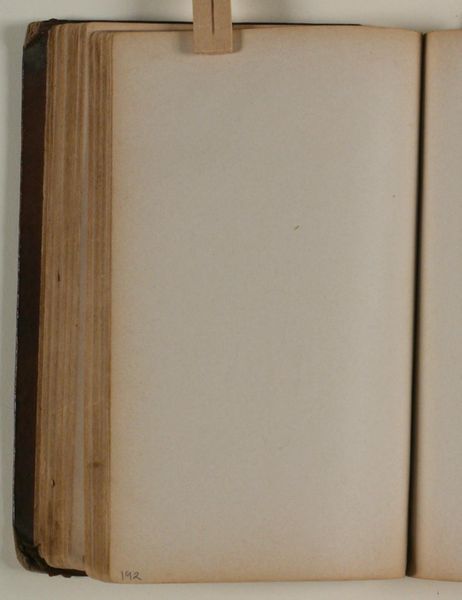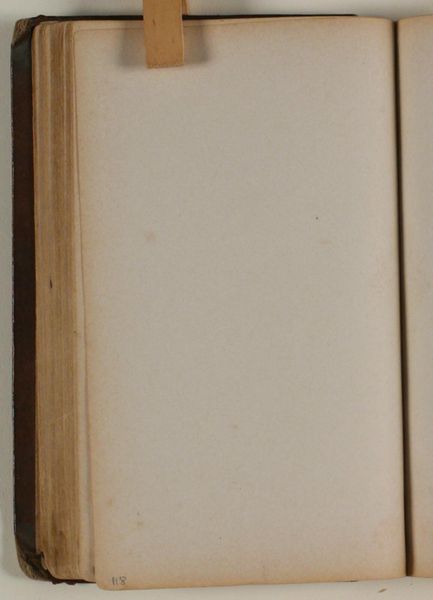
drawing, paper
#
drawing
#
paper
Curator: An undeniably understated drawing crafted by Niels Larsen Stevns, titled, appropriately, "Blank," originating sometime between 1864 and 1941. Its materiality is defined simply as drawing on paper. Editor: My initial impression is…well, absence. A profound hollowness, or perhaps more accurately, the potential for immense creation. What does emptiness communicate here? Curator: Exactly. The structural element, the untouched page, prompts questions about intention. Did Stevns mean this to be a pure, unadulterated space for contemplation, or is it an unrealized idea? The surface is visibly aged, suggesting an elapse of time wherein creation might have transpired, but didn't. The paper grain itself is part of the composition—or rather, the anti-composition. Editor: I see the date and my mind wanders to the historical and political circumstances during Stevns's lifetime, through both World Wars, perhaps rationing limited material or paper accessibility in that time affected a scarcity of drawings or an appreciation for blank spaces. Does "blank" offer any comment on censorship of thoughts and art, given Stevns' context? The museum showing it presents a statement by featuring absences. Curator: Perhaps it serves as a commentary, yes, a subtle but effective reflection. Though visually simple, the absence, like a musical rest, gains resonance against the backdrop of possible meanings you mentioned, shaped and enhanced by social narratives and our expectation for art to always be 'full' and meaning-ridden. Semiotically, the absence, as a signifier, invites the viewer to assign significance, and explore one's individual history of interpretations. Editor: It is fascinating how, in its very blankness, the art generates interpretations across political contexts as well as artistic theory. As an object presented within this gallery setting, it offers to the public a space for silent reflections, which could hold significance or challenge how we value the meaning of artwork. Curator: Precisely, in many respects, the "blankness" allows viewers a freedom and interaction with it like other art often denies. It turns us towards interpretation, speculation, a type of internal searching… which the artist, presumably, predicted would take place in the gaze of audiences like ourselves, here, today. Editor: It leaves me considering how museums frame what is presented, just as much as what isn't presented, to its publics. Thank you for expanding this space.
Comments
No comments
Be the first to comment and join the conversation on the ultimate creative platform.

